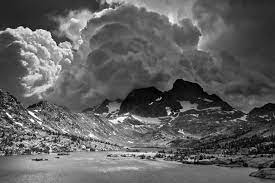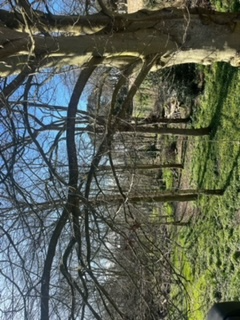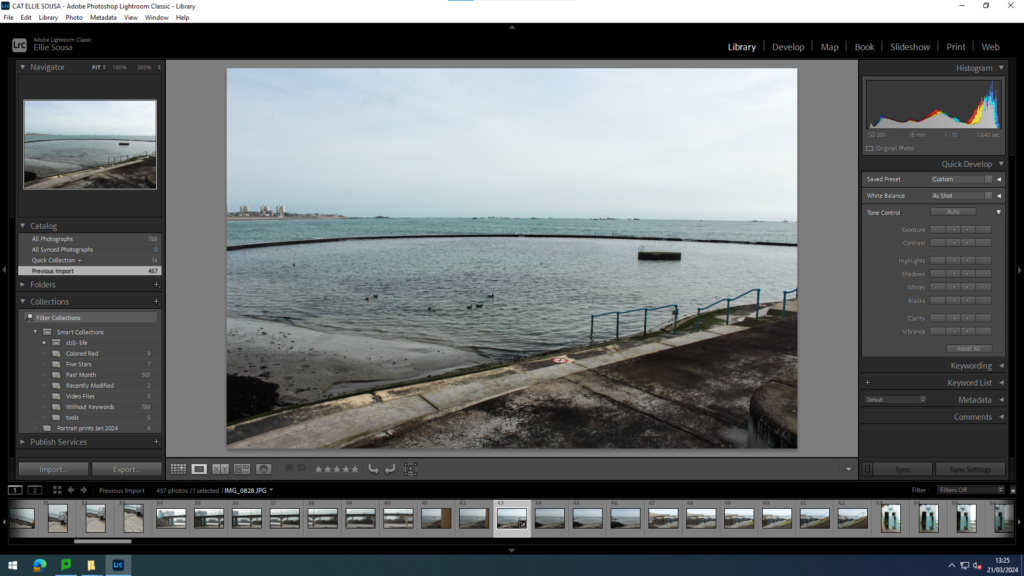Orgin of landscape
Originating between 1826 and 1827, landscape photography commonly involves daylight photography of natural features of land, sky and waters, at a distance. This type of photography captures many elements of formalism within the composition, such as line, shape, colour, depth and texture. These images may aim to capture the essence and presence of nature around us that others may miss however it can also focus on documenting the disturbances in that specific area.
Landscape emerged as an art genre in Western Culture during the Renaissance period in the 16th century, an era that was trying influence a more modern, art appreciating society. Linear perspective was an advancement where artists were able to move towards a more realistic portrayal of an environment.
Common characteristics of 18th-century art in Europe include forms that give the impression of elegance as well as a renewed interest in classical antiquity and a desire to break free from tradition. Movements from Europe such as the Rococo, Neoclassical, and Romanticism were most prominent at this time.
John Constable
Born in East Bergholt in Suffolk, John Constable (1776 – 1837) was an English landscape painter in the Romantic tradition.

Constable was one of the first artists of the Romantic movement to create landscape paintings drawn directly from nature. He inspired artists to work directly from everyday life and use nature as the main subject of their painting as he couldn’t use a camera he had to draw/paint the ideas that he thought or seen.
What did John Constable’s landscapes represent?
His landscapes represent an astonishing capacity to represent natural appearance particularly the dramatic effects of stormy skies and mountain’s. Such as this..

Constable’s most famous painting, The Hay Wain (1821).

Constable is famous for his landscapes. He made many open air sketches, using these as a basis for his large exhibition paintings, which were worked up in the London studio today.
Landscape photography shows the spaces within the world, Landscape photographs typically capture the beauty of nature but can also focus on human made features such as buildings’ and/or disturbances of landscapes.
Romantic landscapes are typically more about the subjective feelings of the artist, than an objective record of the observable world.
For the example the artist Ansel Adams.

Ansel Easton Adams was born February 20, 1902, in San Francisco, California. His family came to California from New England, having migrated from Ireland in the early 1700s. His grandfather founded a prosperous lumber business, which Adams’ father eventually inherited. Adams is most known for his stunning photos of the American wilderness.
Comparing romanticism v landscape
A heightened interest in nature and landscape, based on subjective experience rather than scientific objectivity, also characterized the movement. Landscapes of the sublime remote, dramatic, and even dangerous provided inspiration for the Romantics in literature, music, and art.
Romanticism focuses on the sublime, using high contrast and intense emotion to convey its subjects. Realism focuses on detailed, sometimes gritty depictions of reality. Both movements were important in America and Europe
Here are some of my images of landscape.




